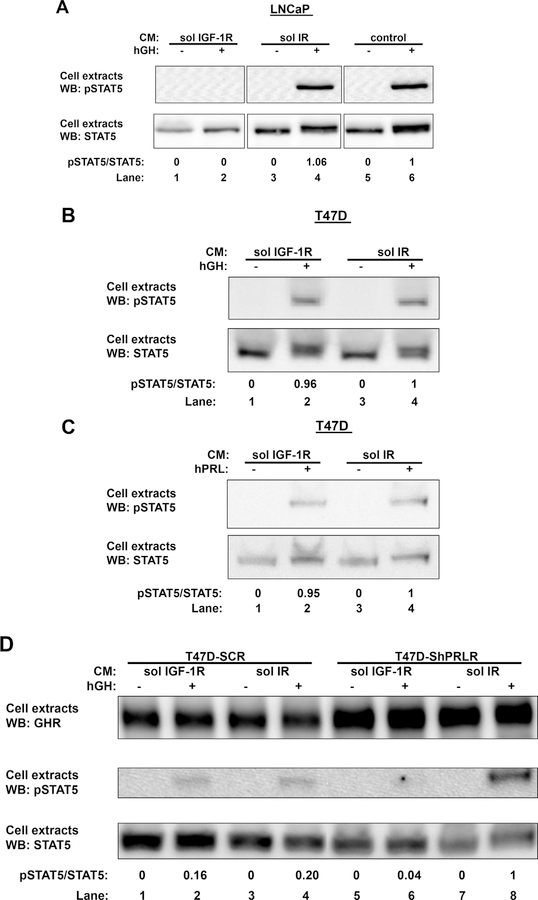Fig. 1. Effects of sol IGF-1R human LNCaP prostate cancer cells and T47D breast cancer cells.
A, Sol IGF-1R blunts GH-induced STAT5 activation in LNCaP cells. Serum-starved LNCaP cells were preincubated with CM containing either sol IGF-1R (lanes 1 and 2) or soluble insulin receptor (sol IR; lanes 3 and 4), or serum-free medium (lanes 5 and 6). One hour later, cells were treated with without or with GH (500 ng/ml) for 5 min, after which detergent cell extracts were resolved by SDS-PAGE and immunoblotted sequentially with anti-pSTAT5 and anti-STAT5. The data shown are representative of three such experiments. Densitometric estimates of the relative intensity of the pSTAT5 band normalized by the abundance of total STAT5 (in arbitrary units with 1 as maximum control condition within the representative experiment) are shown. B and C, Sol IGF-1R has no effect on GH- or PRL-induced STAT5 activation in T47D cells. Serum-starved T47D cells were preincubated with CM containing either sol IGF-1R (lanes 1 and 2) or sol IR (lanes 3 and 4) for 1 h, followed by treatment without or with GH (500 ng/ml) (B) or PRL (500 ng/ml) (C) for 10 min. Detergent cell extracts were resolved by SDS-PAGE and immunoblotted sequentially with anti-pSTAT5 and anti-STAT5. The data shown are representative of two such experiments. Densitometric estimates of the relative intensity of the pSTAT5 band normalized by the abundance of total STAT5 (in arbitrary units with 1 as maximum control condition within the representative experiment) are shown. D, Sol IGF-1R inhibits GH-induced STAT5 activation in T47D-ShPRLR cells. Serum-starved T47D-SCR or T47D-ShPRLR cells were preincubated with CM containing either sol IGF-1R (lanes 1, 2, 5, and 6) or sol IR (lanes 3, 4, 7, and 8) for 1 h, followed by treatment without or with GH (500 ng/ml) for 10 min. Detergent cell extracts were resolved by SDS-PAGE and immunoblotted with anti-GHR, anti-pSTAT5, and anti-STAT5. The data shown are representative of two such experiments. Densitometric estimates of the relative intensity of the pSTAT5 band normalized by the abundance of total STAT5 (in arbitrary units with 1 as maximum control condition within the representative experiment) are shown.

